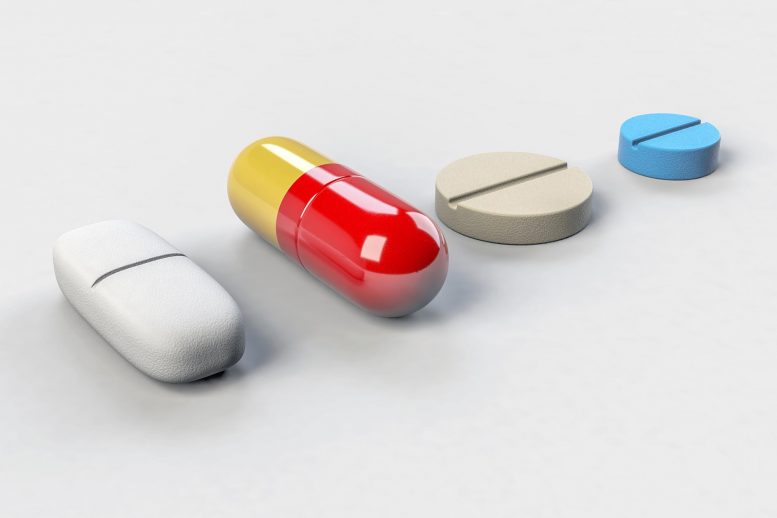
formulations may have unintended effects on molecular targets, potentially impacting the function of proteins and enzymes.
The inactive ingredients that make up a major component of drug formulations may not be as inactive as previously thought, researchers report.
According to a new study, published in the journal Science, some excipients generally considered inert — drug additives that include coloring agents, preservatives, and fillers — can have activities on medically relevant molecular targets, affecting the function of enzymes, receptors, and other proteins in unintended and perhaps harmful ways. While most excipients are truly inactive, the results identify those that merit further consideration and review.
By mass, most drug products contain far more excipients than active pharmaceuticals. While classified as “inactive ingredients,” excipients play key roles in a drug’s pharmacokinetics, enhancing their overall deliverability and stability across a range of applications.
Often, the safety and inert status of most excipients are evaluated in animal tolerability studies, where their general toxicity is evaluated. However, the potential for excipient interaction with molecular targets has lacked systematic investigation.
Using large-scale computational screening and targeted experimental testing, Joshua Pottel and colleagues identified 134 previously unknown activities for 38 approved excipients, demonstrating that the “inactive” ingredients ubiquitous in many drugs have direct activity against biologically relevant molecules in vitro. Of these, Pottel et al. revealed that several excipients exhibit evidence predictive of tissue-level toxicity in cellular models.
While most of these are suspected not to reach dangerous exposure levels, the results suggest that two — thimerosal and cetylpyridinium — are capable of reaching in vivo concentrations, that overlap their in vitro binding activity to the dopamine receptor D3.
The findings indicate that while many excipients do not reach general circulation in vivo, several do, and may have unplanned pharmacology of their own.
Reference: “The activities of drug inactive ingredients on biological targets” and Joshua Pottel, Duncan Armstrong, Ling Zou, Alexander Fekete, Xi-Ping Huang, Hayarpi Torosyan, Dallas Bednarczyk, Steven Whitebread, Barun Bhhatarai, Guiqing Liang, Hong Jin, S. Nassir Ghaemi, Samuel Slocum, Katalin V. Lukacs, John J. Irwin, Ellen L. Berg, Kathleen M. Giacomini, Bryan L. Roth, Brian K. Shoichet, Laszlo Urban, 24 July 2020, Science.
DOI: 10.1126/science.aaz9906



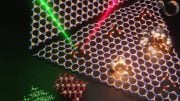
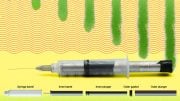
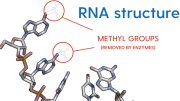
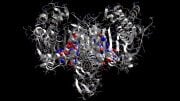
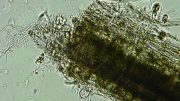

I wonder where anti-vaxers get their crazy ideas from.
People get used to using drugs thoughtlessly. This is wrong and leads to addiction even to the strongest ingredient. I decided to give up some of my pills and use this option – https://wayofleaf.com/cbd/ailments/cbd-oil-muscle-relaxant It helps me a lot after my workouts and has a positive effect on the nervous system in general.